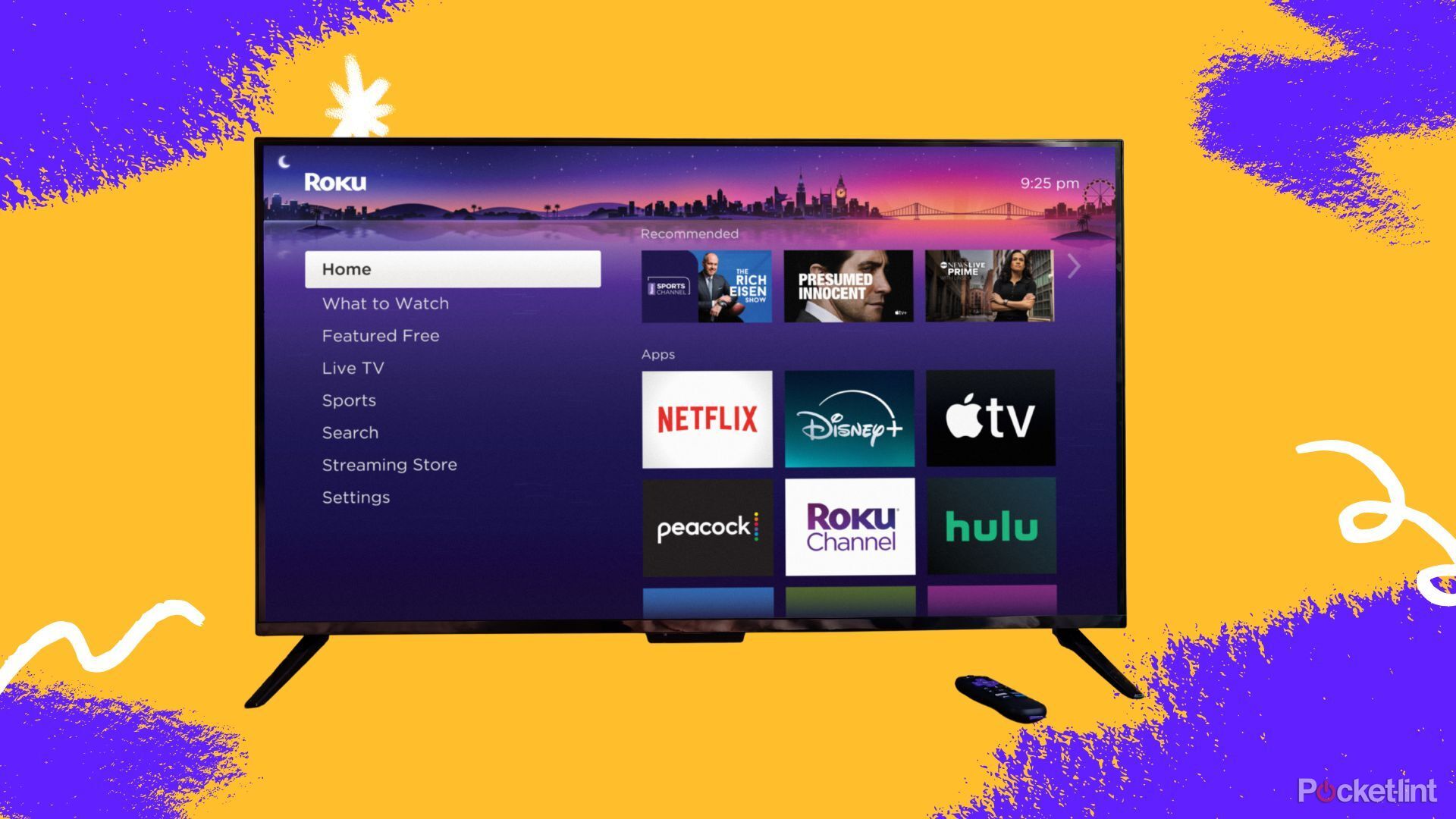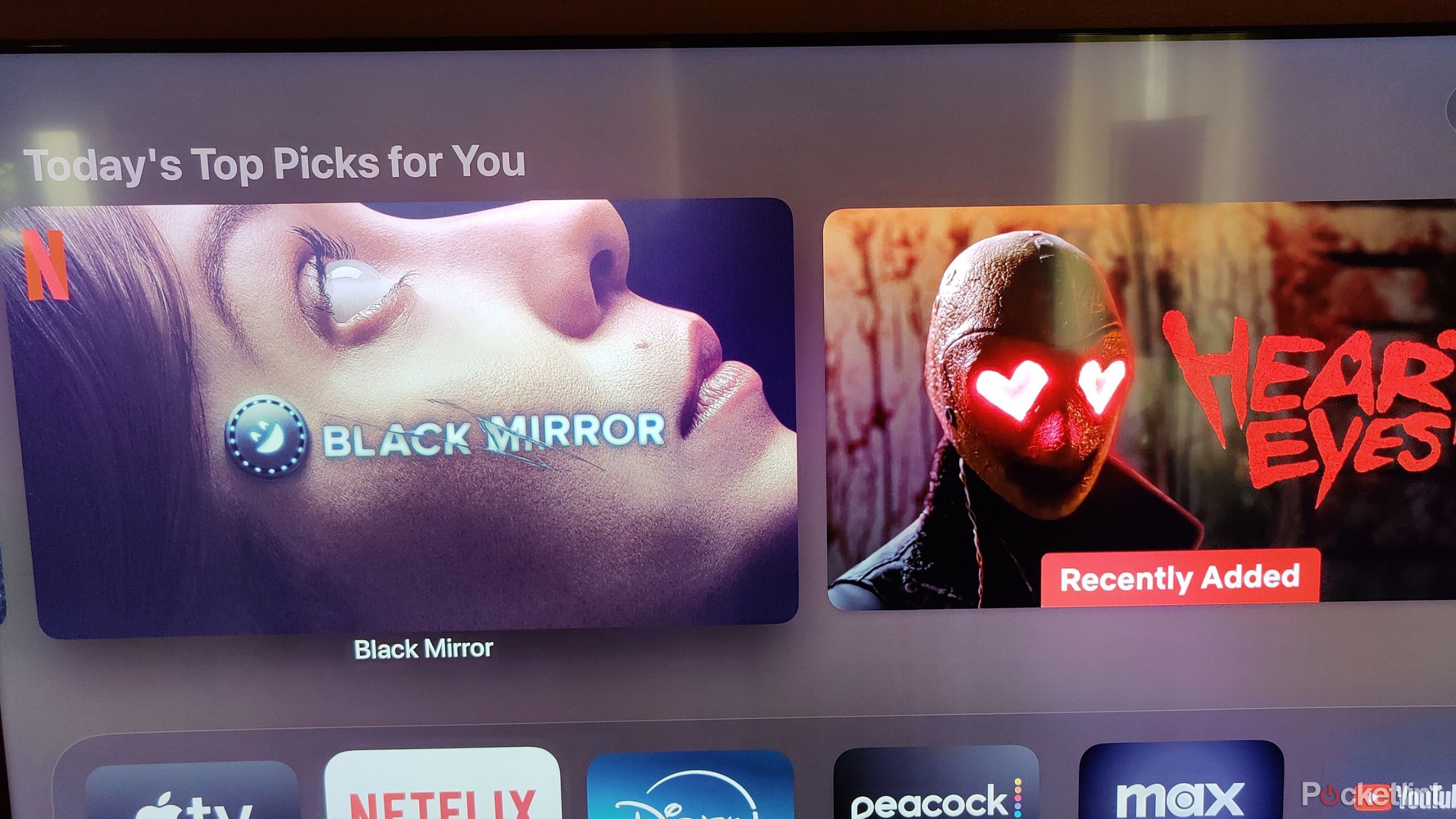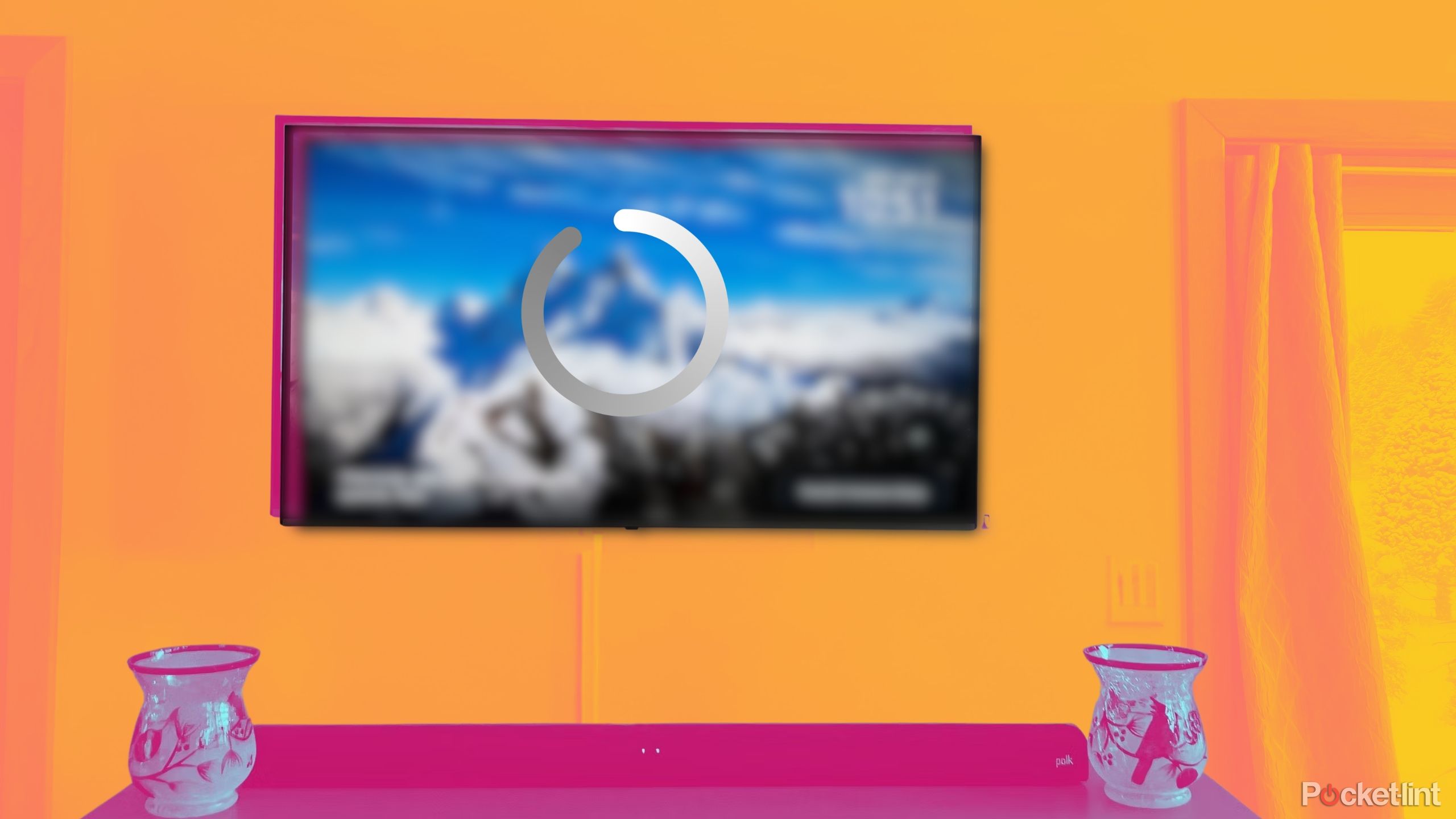Summary
- Be cautious of unknown apps on your smart TV that could be malware. Stay vigilant.
- Monitor for pop-ups, especially low-quality ones, offering updates that might be malicious.
- Be aware of slow performance or crashes on your smart TV as signs of potential malware.
Smart TVs offer a ton of versatility to any home. They can be your main source of entertainment, connect to your other smart home devices to send and receive notifications, help you surf the Internet, and more. Smart TVs, being able to watch shows and movies direct from the Internet via streaming apps, make your life a lot easier by helping you find something to watch.
But because your TV is connected to the Internet, it makes it more vulnerable to potential threats. This means that malware can make its way in. Malware isn’t something you’ve only heard about in an HR training course at work — it’s software meant to damage or harm a computer system. Because your smart TV has an operating system that drives it similar to a computer, it can become infected with malware.
There are other security threats that a smart TV has to worry about as well, such as people potentially spying on you through the camera or hacking into it through your wireless connection. But malware is one that you might not have thought about. There are a few ways to tell if your computer might be infected, so make sure you know what you’re looking for.
An app you didn’t download appears
Don’t click on these if it happens
Smart TV operating systems are built with some apps already installed. Many times, these include commonly downloaded apps like YouTube, Netflix, Hulu, Disney+, and Apple TV+, so you don’t have to download something you were probably already going to download. But there are thousands of apps that can be downloaded through the app store that your smart TV uses.
The app store is different based on what OS your TV uses. For example, Samsung TVs use the Samsung App Store while LG TVs use the LG Content Store.
Depending on how often you download apps, you may not notice when a new one shows up in your app list. But if an app that is clearly something you didn’t download appears among your other apps, it could be a sign of malware. Typically, these are unlabeled apps with strange names, or they could lead to inappropriate content, like a pirated stream. It is important not to click on any app that you aren’t sure of, as more malware could spread because of it. If you’re able to, delete the app from your screen before opening it. If it reappears, it can confirm your suspicions.
Pop-ups right on the home screen
A suspicious tactic that often works on people
If you turn on your smart TV and a pop-up appears, offering something like a new software update, you could be inclined to just click install and move about your day. But you should hesitate to install it so freely, as it could be something more malicious. When malware has infiltrated your operating system, it can disguise its true form in an attempt to get you to install more of it through means like this.
If your TV begins crashing more frequently and eventually gets to the point that it won’t turn on, this is a distinct sign that you have a malware issue.
The pop-up could be asking you to do something like install an update but actually redirect you to a malicious website. It’s a tell-tale sign if the pop-up graphics are of low quality and the layout is a bit jumbled. Other pop-ups could look like ads promoting products or other streaming services. These can be more tricky to identify, as plenty of OS use these kinds of ads to promote their sponsored apps.
If you’ve used a Roku TV or a Fire TV, you know the kind of banner ad I’m referring to. It’s important to do a quick browsing search for more info on what the pop-up is telling you before actually going and clicking on it.
TV crashes or fails to turn on
This is one of the most frustrating ones to deal with
While some smart TVs have built-in virus scanners, not all do, and you have to be a part of the solution if you think you have something wrong with the TV. If your TV begins crashing more frequently and eventually gets to the point that it won’t turn on, this is a distinct sign that you have a malware issue. This can all start with the TV running more slowly. It may take longer for an app to load or getting into the settings of the TV may move at a snail’s pace.
If the basic fixes aren’t working, it could be a deeper problem.
Malware is made to overload portions of your TV, making other parts slow to respond because they are dealing with the overload. If you’re trying to watch something, and it halts during playback, there may not be an issue with your connection. The TV can also start crashing as you go from one app to another and a recovery menu may appear if it’s really serious.
A smart TV will begin to slow down when its memory and storage hit capacity limits, but things like clearing the cache can help resolve this. But if the basic fixes aren’t working, it could be a deeper problem.
Access to features that you aren’t using
This can open up more problems if you allow it
Voice remotes are super convenient — just say the app you want, and boom, it opens. But if your TV suddenly starts asking for access to your camera or microphone, pause before hitting “Allow.” While software updates are normal, random requests for permissions or connections to unfamiliar Bluetooth devices (like someone else’s phone or speaker) are red flags.
If that starts happening, disconnect your TV from Wi-Fi as soon as possible and check your router for strange activity. Scroll through your apps and delete anything that looks sketchy. And if you haven’t updated your software in a while, right then would be a good time — it could fix potential security holes.
Trending Products

Basic Keyboard and Mouse,Rii RK203 ...

Samsung 27′ T35F Series FHD 1...

ASUS TUF Gaming A15 Gaming Laptop, ...

Cudy New AX3000 Twin Band Wi-Fi 6 R...

LG 24MP60G-B 24″ Full HD (192...

ASUS 27 Inch Monitor – 1080P,...

HP 17 Laptop, 17.3” HD+ Display, ...

Dell Inspiron 15 3000 3520 Business...

Sceptre 4K IPS 27″ 3840 x 216...









